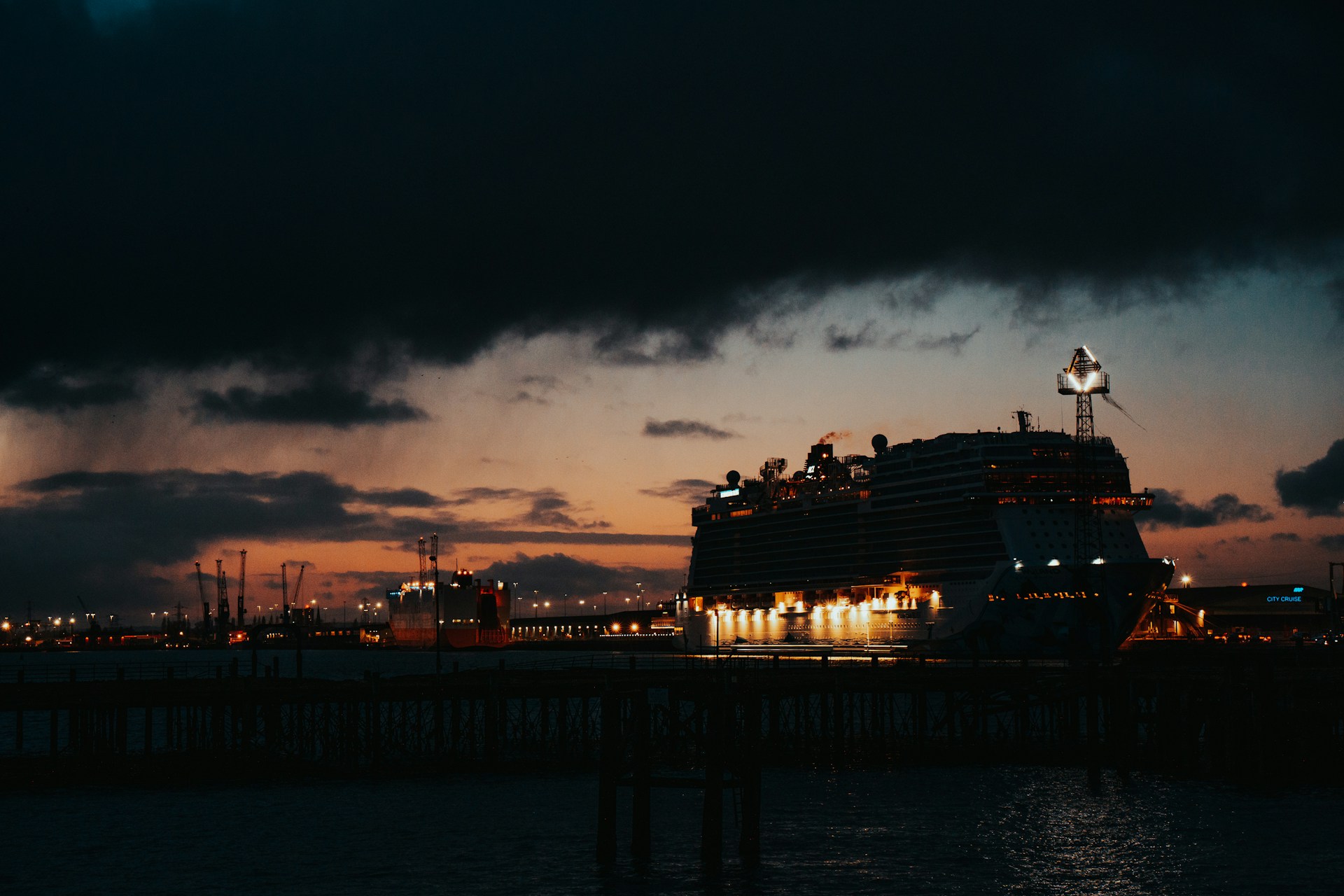Port of Southampton Wraps Up Project to Widen Channel

The Port of Southampton has successfully completed a major project to widen the navigation channel in its Western Docks, allowing for the simultaneous accommodation of the world’s largest container ships and cruise vessels.
This initiative, the first of its kind in a decade for the UK port, involved the dredging of around 900,000m³ of mainly clay material over a 2-kilometer section of the channel, expanding its width from 30 to 65 meters.
The comprehensive project, spanning two years, was led by the Engineering and Marine Teams at ABP Southampton. It required extensive preparation, including navigation simulation exercises to accurately determine the project's scope and geotechnical surveys to understand the sediment composition and select the appropriate dredging equipment.
Andrew Hallam, ABP Southampton Programme Lead, reflected on the project's complexity, stating, “This project is a considerable investment enabling the world’s largest vessels to enter the Port and support the UK’s import and export markets. It has been a very complex and challenging project to navigate due to the number of stakeholders and consenting requirements, as well as delivering the project through the winter with several significant weather events.”
Prior to dredging, the seabed was examined by divers to locate and remove historical unexploded ordnance and marine debris, including anchors and tyres. Archaeological sampling was also performed to ensure no significant historical artifacts were disturbed. The dredging was intentionally scheduled during the winter months to mitigate environmental impacts, particularly to safeguard the salmon migration paths to the River Test.
Steve Masters, Southampton Harbour Master, highlighted the significance of this development, saying, “The container vessels coming into Southampton are the largest in the world, carrying up to 24,000 containers. This programme enables the safe navigation of these huge vessels and supports the UK container handling capability. Our thanks are extended to all those involved in the project.”